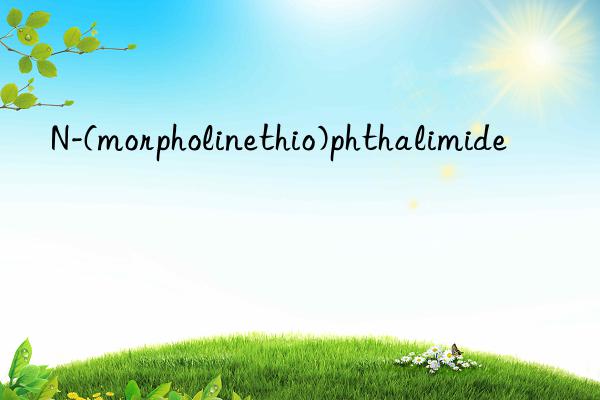
CAS:
52049-33-9 | | Molecular formula: | C12H12N2C3S |
| Molecular weight: | 264.15 |
| Chinese name: | | N-(morpholinethio)phthalimide | | Scorching agent MTP | | N-( (Phenylthio)phthalimide |
|
| English name: | | n-morpholinothio phthaldamide | | N-Morpholinothio phtraldiaimide |
|
| Description of properties: | White powder. Melting point 180°C, soluble in methanol and methanol, insoluble in acetone, toluene, benzene, xylene, carbon tetrachloride and water. |
| Production method: | Prepared from dithiomorpholine. Chlorination of dithiomorpholine with chlorine gas affords morpholinosulfenyl chloride. Morpholinyl sulfenyl chloride is then condensed with phthalimide to obtain this product. Phthalamides can be prepared as follows. 1. Reaction of phthalic anhydride and formamide in solvent-free or xylene at 110-150°C to prepare phthalimide. The yield of this reaction is about 95-98%, and the purity of phthalimide can reach 99.5-99.95%. 2. In the presence of ammonia, it can be obtained by oxidation of o-xylene. The steam-air mixture is used as the oxidant, the steam content is 4.0-86.3% by volume, and the catalyst is barium-vanadium-zinc or vanadium-titanium. |
| Usage: | This product is an effective anti-scorch agent and also has vulcanization effect. Compared with other anti-scorch agents, the remarkable feature of this product is that it can prevent scorching at the beginning of vulcanization, and double energy can enhance vulcanization at the later stage of vulcanization. Therefore, it is also called vulcanization regulator. |

